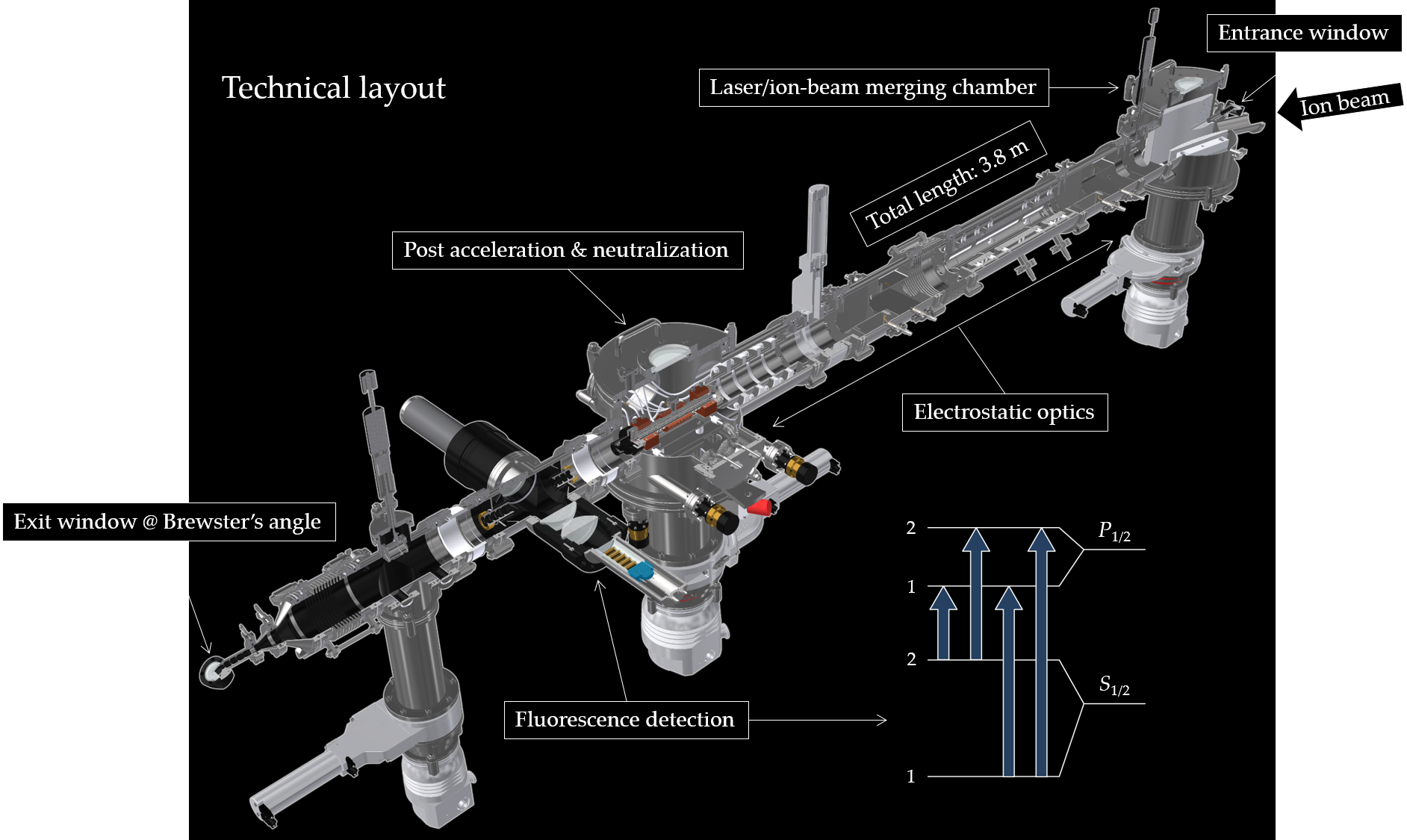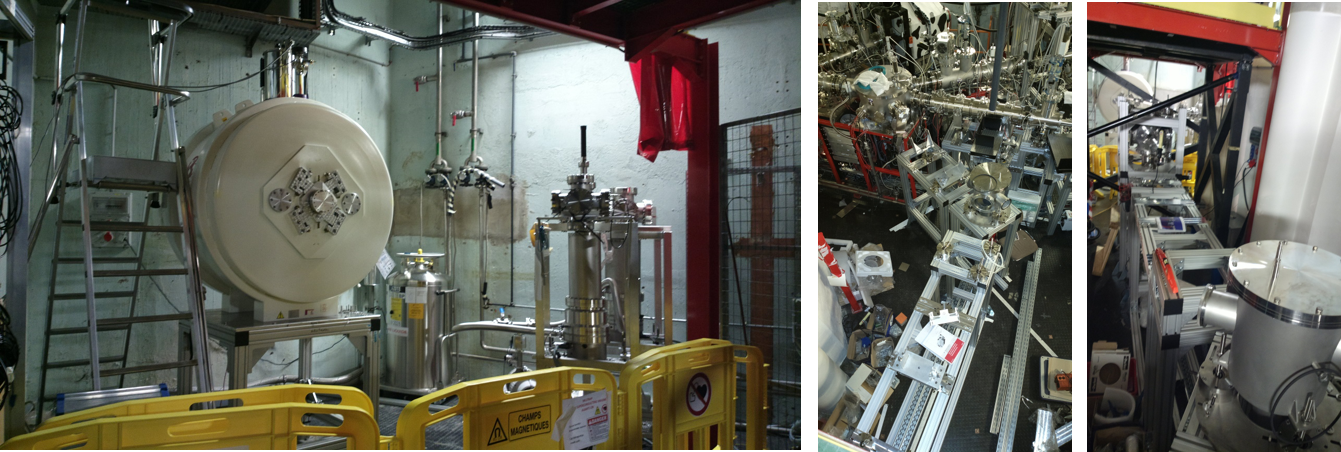Charting Terra Incognita
SCIENTIFIC BACKGROUND:
Atomic nuclei are made up of nucleons, protons and neutrons, composed of quarks that interact strongly via gluons. "What is the structure of these complex objects, particles and nuclei? " remains a fundamental question with important consequences for our understanding of the Cosmos. The new challenge in subatomic physics is the exploration of exotic nuclei, elements and isotopes not stable enough to have survived on Earth. Exotic nuclei populate vast regions of the nuclei map where many unexpected phenomena have recently been discovered. The exotic nuclei currently being synthesised in the laboratory allow for very large variations in the proportion of neutrons and protons that are needed to reveal the true nature of the subatomic world.
THE PROJECT:
Thanks to the emblematic Charting Terra Incognita project, key innovations in detection and R&D in the P2IO laboratories have been and are still being implemented: in the first experiments on the Alto platform in Orsay on the masses, radii, spins, shapes, moments and lifetimes of nuclear ground and excited states of exotic nuclei, and then on the now active Spiral-2 facility at Ganil.

The measurement of these fundamental properties over a wide range of the nuclear map allows theoretical models to be tested. Single-particle states in nuclei are decisive in this respect and a powerful tool for their elucidation is the study of exotic nuclei in spin-oriented states. These states can be obtained by on-line nuclear orientation with the Polarex set-up. At the same time, a Penning trap mass spectrometer MLLTrap with high precision detection capabilities was installed. A new setup for Lino collinear laser spectroscopy now gives access to the charge radii and electromagnetic moments of isometric states in exotic nuclei.

The experience gained with these different set-ups will be applied to the fission product physics and fusion evaporation programme, which will then be extended to more proton-rich elements and to superheavy elements at the S3 spectrometer coupled to the Desir area at Ganil. A particular effort is therefore being made to prepare the first experiments at S3, targeting the fundamental properties of the nuclear ground state (masses, lifetime, magnetic moment, etc.) as well as detailed structural information that is only available through precision spectroscopic measurements.
